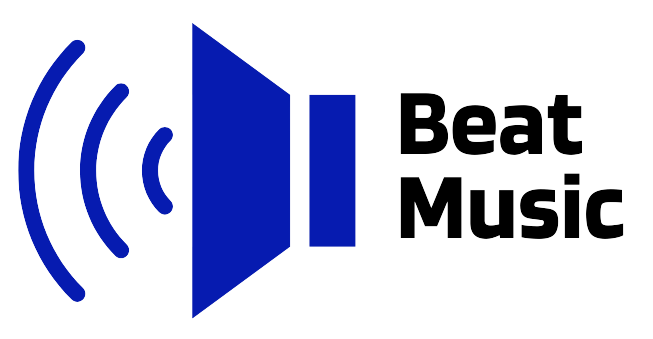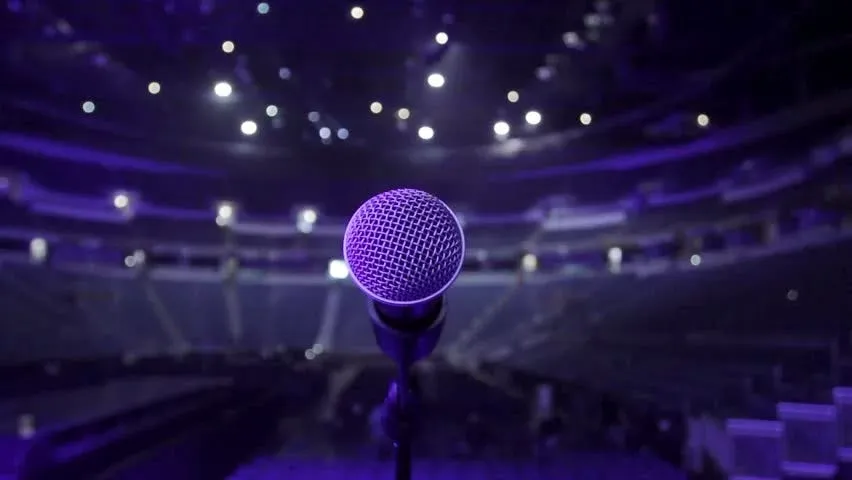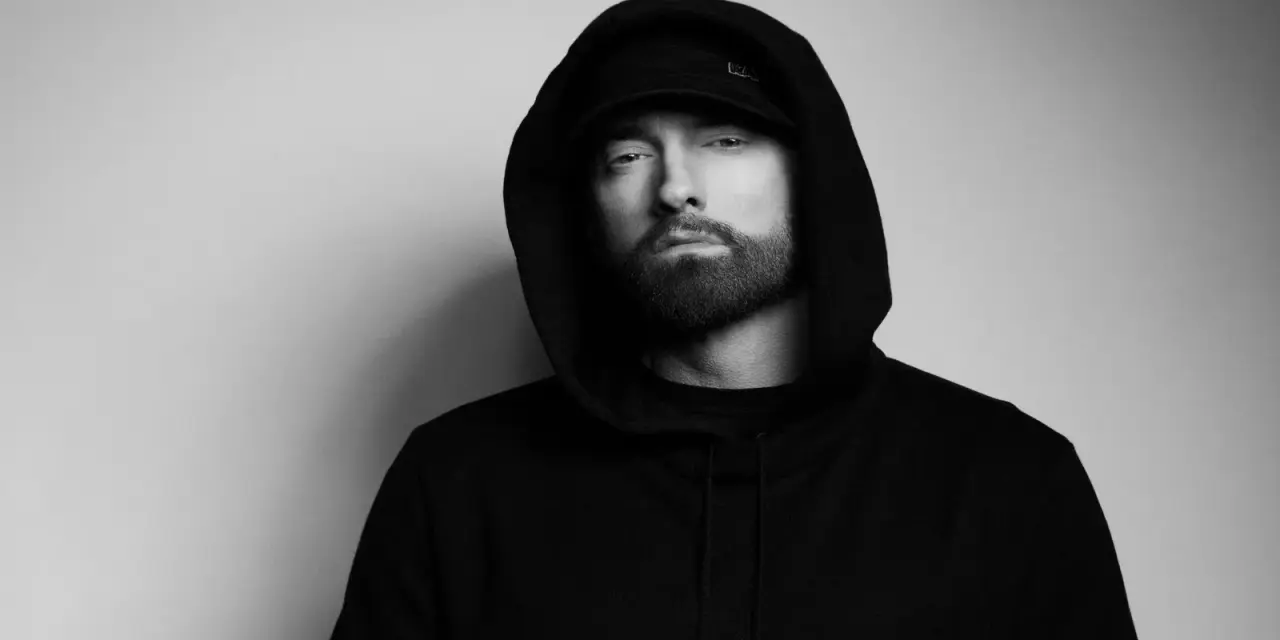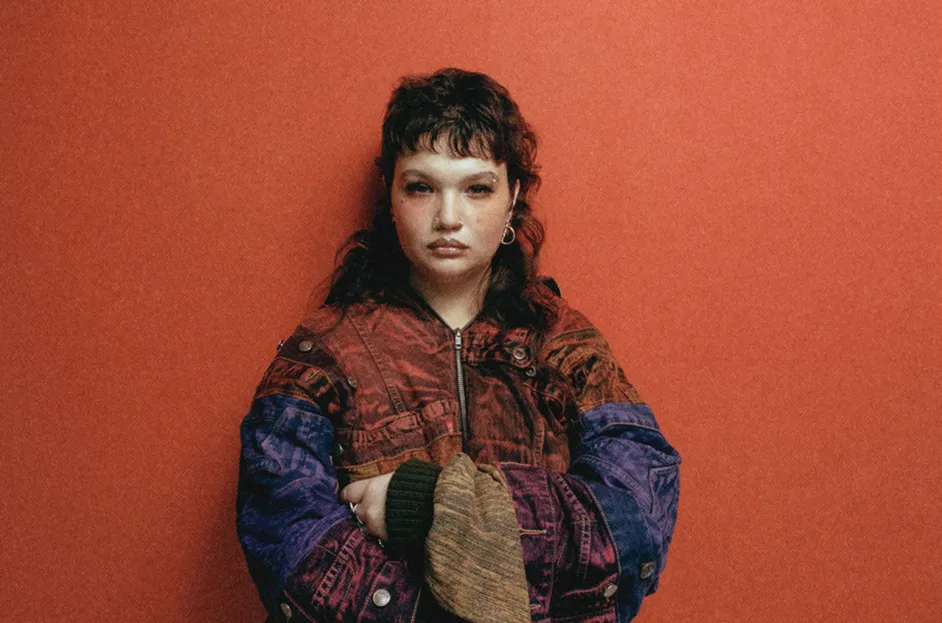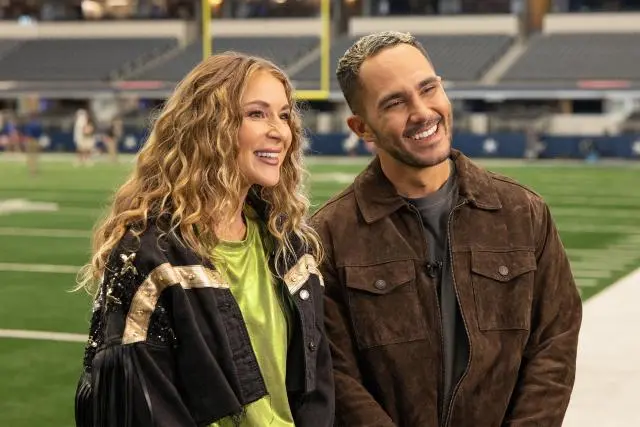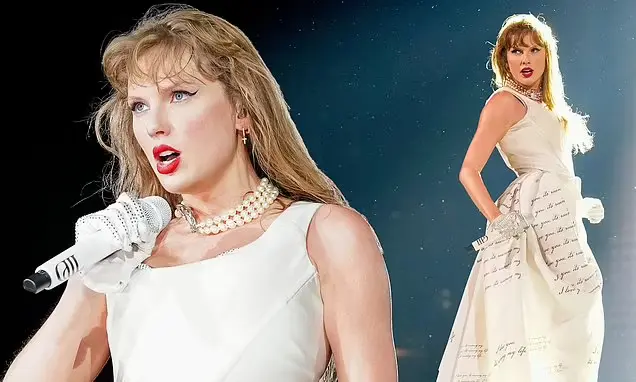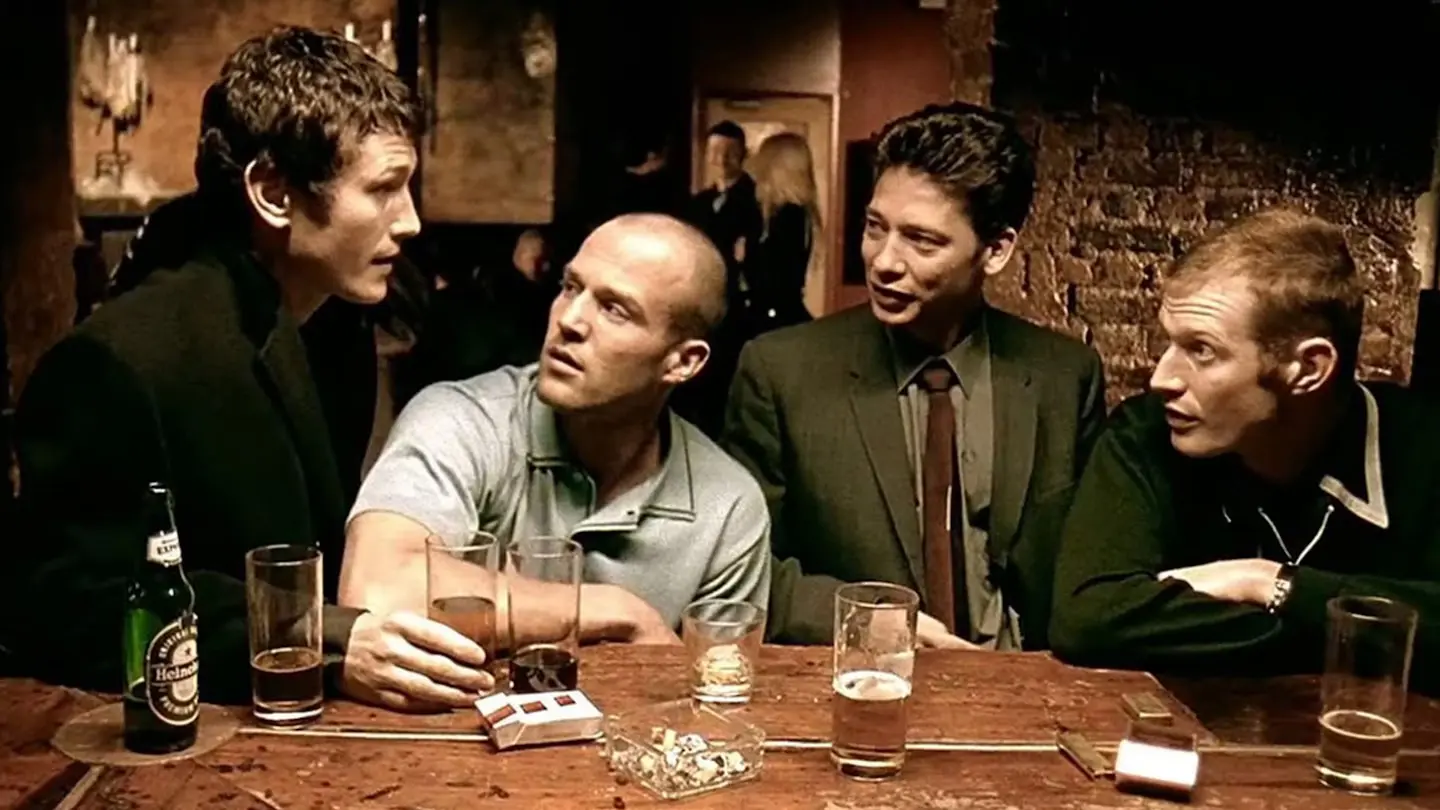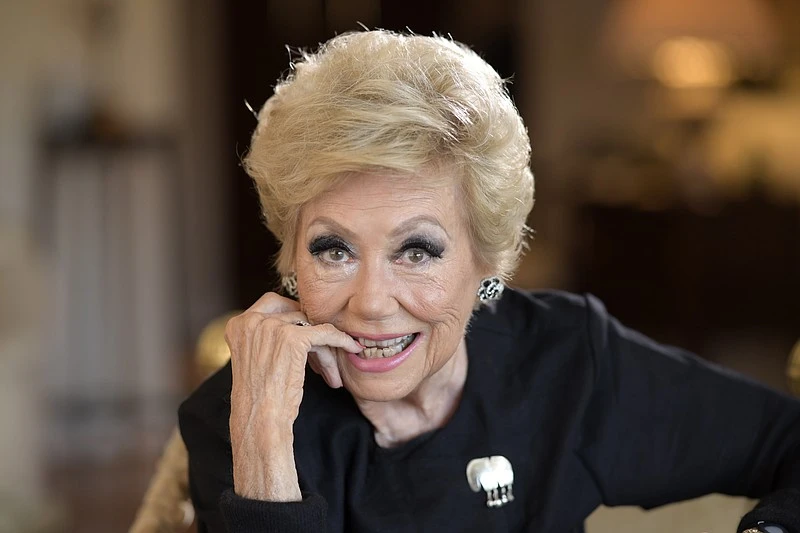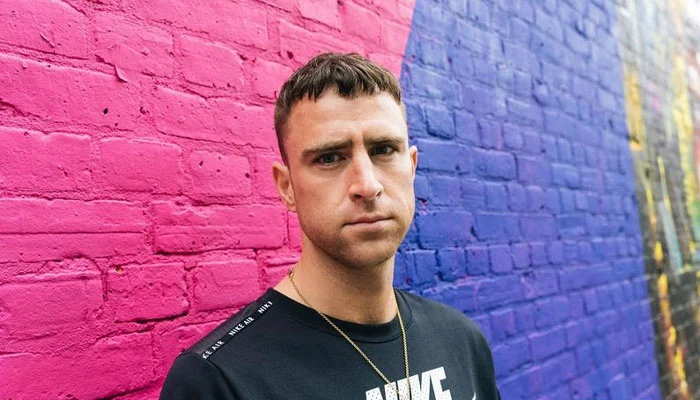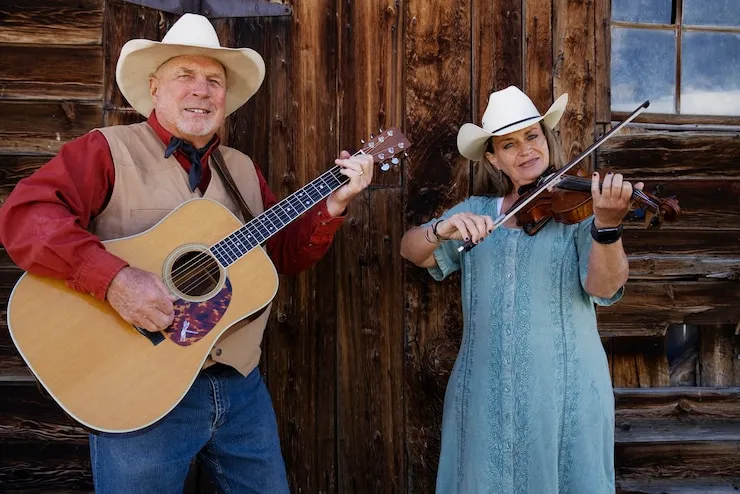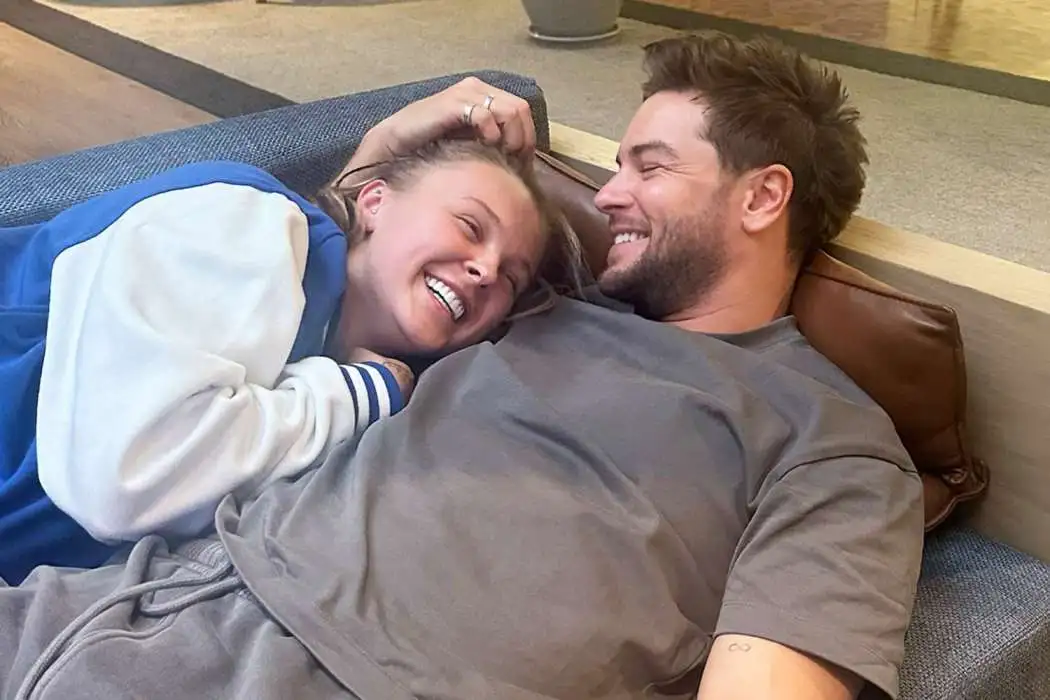Design has continuously strolled hand in hand with music. Music culture has continuously influenced our fashion choices, from the bold appearances of punk rockers to the powerful aesthetics of hip-hop experts. In 2025, this relationship remains more compelling than ever. Understanding how music culture influences fashion trends offers understanding into the advancing nature of fashion, character, and pop culture.
The Authentic Roots of Music-Inspired Fashion
The connection between music and design dates back decades. In the 1950s, shake and roll symbols like Elvis Presley popularized slicked-back hair, calfskin coats, and blue pants — styles still celebrated nowadays. The 1960s brought the British Intrusion with The Beatles, whose mod suits and Chelsea boots got to be must-haves. In the interim, the flower child development was born from society and hallucinogenic shake, championing periphery vests, bell-bottoms, and blossom crowns.
The social effect of music was not fairly constrained to sound; it was interpreted into obvious fashion explanations. Music sorts were not as they were listened to but seen — in closets, adornments, and indeed attitudes.
Hip-Hop: A Worldwide Mold Movement

Few classes have affected design as broadly as hip-hop. Starting in the Bronx amid the 1970s, hip-hop culture reshaped the design industry. Curiously large clothing, gold chains, snapbacks, and branded tennis shoes got to be more than a slant — they got to be images of character and expression.
Today, craftsmen like Jay-Z, Travis Scott, and Cardi B are not as it were music symbols but design tycoons. Collaborations between hip-hop specialists and worldwide brands — such as Kanye West’s Yeezy with Adidas or Pharrell Williams with Chanel — illustrate the mold propelled by music in an unmistakable way.
In 2025, streetwear patterns overwhelmed by hip-hop proceed to lead worldwide design scenes, mixing extravagance with urban aesthetics.
Rock and Punk: The Disobedience Continues
The shake and punk developments have long been related with defiant fashion. Calfskin coats, tore pants, band tees, and combat boots — these closet staples owe their ubiquity to shake subcultures.
Bands like The Ramones, The Sex Guns, and Nirvana characterized eras of design rebels. Their anti-establishment looks have been resuscitated by today’s youth looking for genuineness and edge. Creators like Vivienne Westwood and Hedi Slimane have reliably drawn from shake culture to rouse runway mold, demonstrating the impact of music on fashion rises above generations.
Pop Music and Trendsetting Icons
Pop music design reflects pop culture's flourishing visual presentation. Symbols such as Madonna, Britney Lances, Woman Gaga, and Rihanna have all re-imagined mold standards with their striking, trendsetting choices.
In 2025, specialists like Dua Lipa, Billie Eilish, and Doja Cat proceed to obscure boundaries between music, design, and craftsmanship. Eilish’s loose, gender-neutral mold got to be an image of self-expression, whereas Lipa channels Y2K sentimentality, resuscitating trim tops, metallics, and smaller than expected skirts.
Music video outfits, regularly carefully curated, serve as prompt motivation for fans and design brands alike. Instagram, TikTok, and music gushing stages as it quickened this impact, turning each video into a visual runway.
Electronic and EDM Fashion Vibes
Neon colors, holographic textures, stage boots, and sparkle are all hallmarks of the EDM (Electronic Move Music) culture. Occasions like Tomorrowland and Ultra Music Celebration aren’t fair music encounters; they’re too gigantic mold exhibitions.
Ravers and festival-goers exhibit exploratory, unisex, and cutting edge design, contributing to a more extensive social move towards singularity and strong self-expression. In a post-pandemic time, this has as it were developed as individuals grasp maximalist styles and celebrate the flexibility to dress creatively.
Cultural Combination: Music and Worldwide Mold Trends
Music is an all inclusive dialect, and in 2025, worldwide music culture is impacting mold patterns around the world. K-pop, Afrobeat, and Latin music are consolidating design societies over continents.
K-pop symbols like BTS and Blackpink have a critical impact on worldwide mold, regularly modeling for extravagance brands such as Louis Vuitton, Dior, and Chanel. Their styles—layered, colorful, playful—spark mold rages from Seoul to Modern York.
In a similar vein, Afrobeat artists Burna Boy and Wizkid are shaping the blueprint with African influences. Striking prints, complex embellishments, and conventional pieces of clothing have gotten to be fashion-forward choices in Western markets. This social combination emphasizes that music culture design is no longer restricted to districts — it’s a worldwide trendsetter.
Social Media: Intensifying Music and Mold Trends
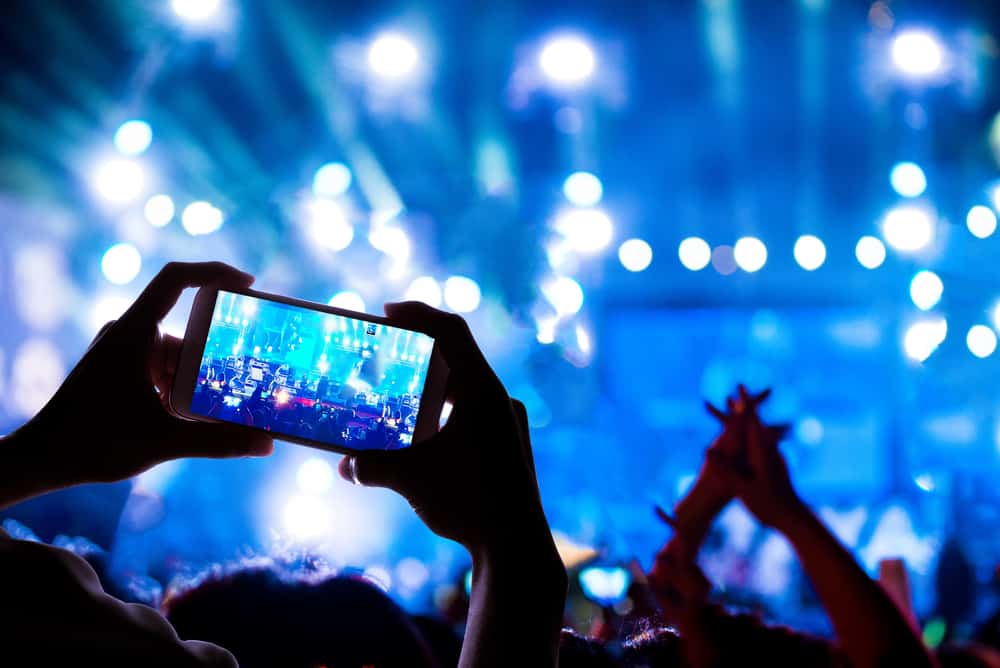
Social media stages have ended up the extreme bridge between music and design. A single Instagram post or TikTok clip from an craftsman can go viral, managing what millions wear. Fans frequently mimic looks from their favorite specialists, making viral challenges and trends.
By 2025, digital influencers and entertainers work only with major brands, promoting capsule collections and high-end merchandise. This modern time of fashion advancement in music is driven by real-time engagement, fan cooperation, and online visibility.
Music Celebrations: The Design Runways of Youth Culture
Festivals like Coachella, Lollapalooza, and Glastonbury have advanced into informal design weeks. Participants frequently arrange outfits months in development, pointing to reflect the vibe of the music whereas making a statement.
Boho-chic, periphery coats, sparkle cosmetics, and rancher boots — these well known celebration looks frequently go standard after occasions. Mold retailers discharge “festival edit” collections, recognizing how profoundly music culture impacts design patterns in customer behavior.
Celebrity Mold Symbols in Music
Musicians have ended up mold symbols in their claim right. Whether it’s Harry Styles challenging sexual orientation standards with skirts and pearls or Beyoncé propelling her Ivy Stop athleisure line, specialists presently straightforwardly shape and characterize fashion.
Their red-carpet appearances, magazine covers, and music visit ensembles frequently set regular patterns. Fans and brands closely screen these styles, utilizing them as guides for up and coming collections and promoting campaigns.
The Future of Design and Music Collaboration
Looking ahead, the collaboration between the music and mold businesses will as it were escalating. AI-generated design appears, metaverse concerts, and virtual styling are changing the way fans connected with their favorite craftsmen and clothing brands.
Virtual avatars dressed in signature craftsman styles are presently common in music recordings and gaming stages. These tech-forward thoughts exhibit how design is growing from physical reality into advanced spaces, driven by melodic innovation.
In 2025 and past, mold will proceed to serve as the visual dialect of music. The beat, the verses, and the vibe will all show through what individuals wear, both offline and online.
Read More:- Eminem Used AI to Bring Slim Shady Back to Life
Conclusion: The Orchestra of Sound and Style
Understanding how music culture influences fashion trends us to appreciate the wealthy relationship between two of the world’s most capable craftsmanship shapes. From hip-hop to pop, EDM to shake, each class paints a particular visual character that channels into standard fashion.
